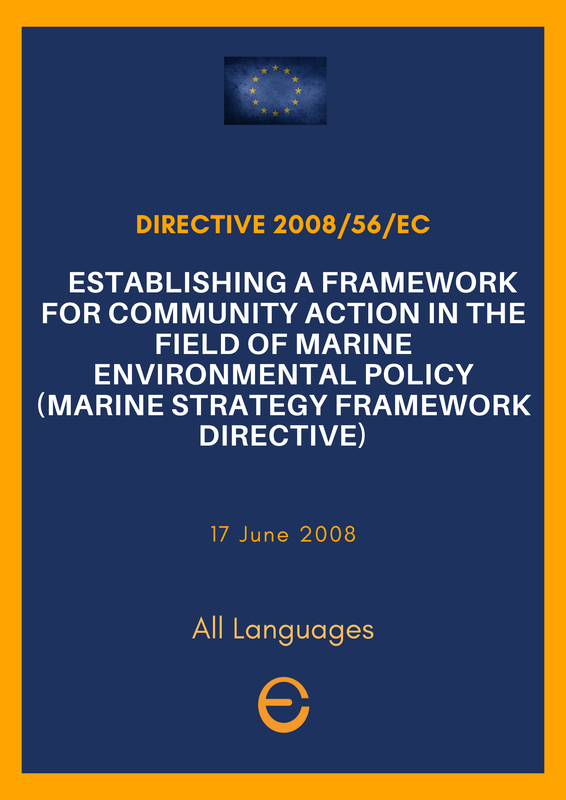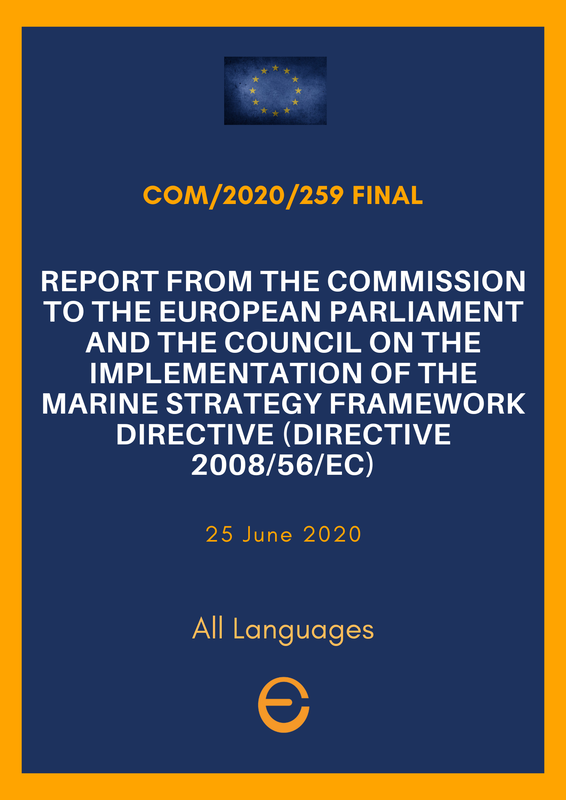|
Brussels, |
|
Noise
The EU’s main tool to protect and conserve the health of our coasts, seas and ocean is the Marine Strategy Framework Directive (MSFD). Its aim is to achieve a good environmental status of the EU's marine waters and sustainably protect the resource base upon which marine-related economic and social activities depend. Through the MSFD, the ecosystem-based approach became a legally-binding and operational principle for managing the EU’s entire marine environment.
The EU has implemented regulations to reduce and manage environmental noise, also known as noise pollution, to safeguard human health.
Environmental noise stems from sources like transportation, industry, and construction. It poses significant health risks, including cardiovascular issues, cognitive impairments in children, stress, sleep disturbances, and tinnitus.
Moreover, it adversely affects productivity and property values, impacting the economy.
EU noise policies aim to monitor and mitigate noise pollution to align with the zero pollution vision for 2050. Notably, the EU targets reducing chronic noise-related disturbances by 30% by 2030, as outlined in the Zero Pollution Action Plan.
Specific measures include regulations addressing underwater noise and the Environmental Noise Directive, which identifies and reduces noise pollution levels. The EU also provides tools like the Noise Observation and Information Service for Europe (NOISE) to track noise levels from various sources.
The EU has implemented regulations to reduce and manage environmental noise, also known as noise pollution, to safeguard human health.
Environmental noise stems from sources like transportation, industry, and construction. It poses significant health risks, including cardiovascular issues, cognitive impairments in children, stress, sleep disturbances, and tinnitus.
Moreover, it adversely affects productivity and property values, impacting the economy.
EU noise policies aim to monitor and mitigate noise pollution to align with the zero pollution vision for 2050. Notably, the EU targets reducing chronic noise-related disturbances by 30% by 2030, as outlined in the Zero Pollution Action Plan.
Specific measures include regulations addressing underwater noise and the Environmental Noise Directive, which identifies and reduces noise pollution levels. The EU also provides tools like the Noise Observation and Information Service for Europe (NOISE) to track noise levels from various sources.
Consequencies of the Noise pollution in the EU
- 12 000 premature deaths caused by long-term exposure to environmental noise
- 22 million people suffer chronic high annoyance
- 12 500 schoolchildren suffer learning impairment in school caused by aircraft noise




